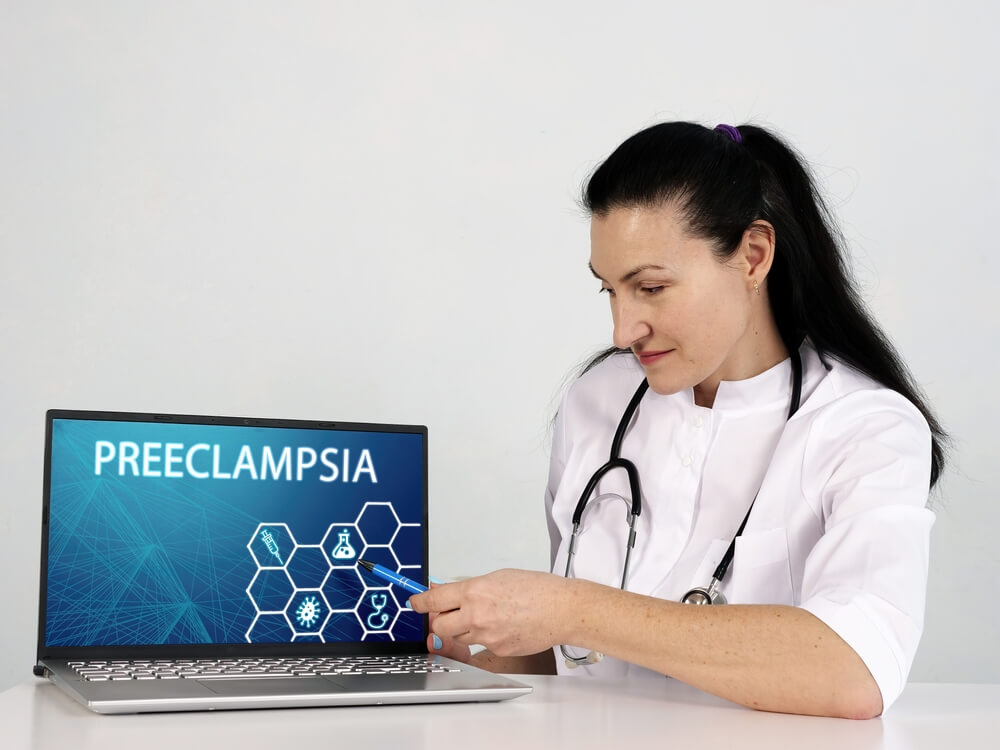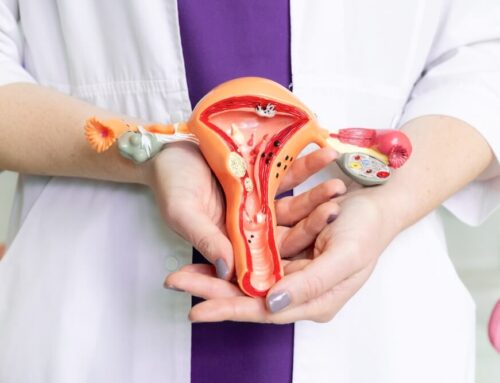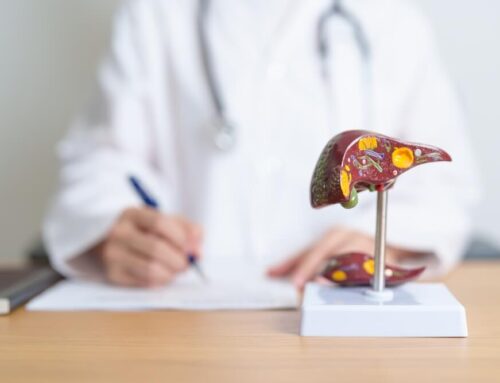Preeclampsia is a medical condition that can happen during pregnancy, and it involves high blood pressure and elevated protein levels in the urine. This condition is common, but there is also a rare variety called postpartum preeclampsia that can occur right after giving birth.
Preeclampsia after birth is a serious condition that shouldn’t be ignored. If you’ve been diagnosed with it and have been having an issue with high blood pressure after pregnancy, and you were wondering what the next steps in your treatment are, we can help you. Professionals from our clinic and the best obstetrician in Jacksonville, Florida, are here to answer all your questions regarding the symptoms, treatment options, and the most common causes of preeclampsia after delivery.
Keep reading this article to learn more about the signs of postpartum preeclampsia, and be aware that if left untreated, preeclampsia after birth can lead to other severe complications.
What Is Postpartum Preeclampsia?
We will explain more about what is and why preeclampsia after birth occurs. As we mentioned, it is a severe medical condition that causes high blood pressure after pregnancy, and it shouldn’t be ignored, as it can lead to stroke, brain damage, seizures, and even death.
In most cases, preeclampsia after delivery happens within 48 hours of giving birth. But there are cases where it happened up to six weeks after delivery.
This condition is severe, and if you notice any of the symptoms, we are about to mention you should contact your healthcare provider. Fortunately, preeclampsia after birth is easily managed and treated when discovered and diagnosed in time.
Risk Factors for Preeclampsia After Delivery
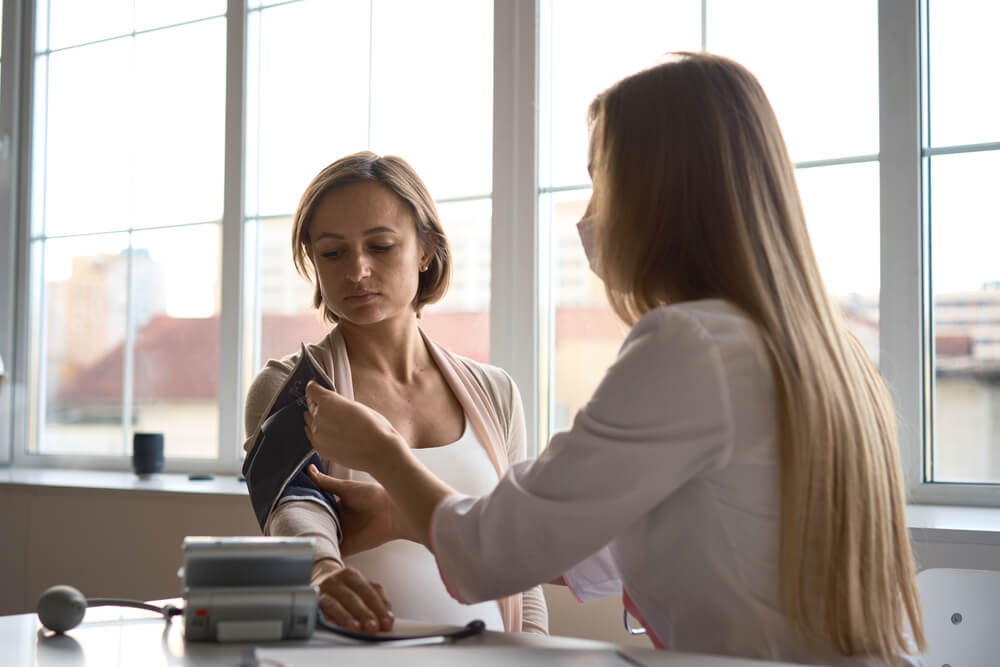
The exact causes of postpartum preeclampsia and the type you can get during pregnancy are unknown. Researchers are doing their best to find the precise reasons. Still, until then, we can talk about the risk factors, as certain ones can increase your risk of developing preeclampsia after delivery.
You should be extra careful and pay attention closely to your symptoms during the gestation period and after delivery, if you fall under any of these categories:
- Younger than 20
- Older than 40
- High blood pressure before and during gestation
- Obese
- Family or prior history of preeclampsia
- Twin pregnancy
- Type 1 or 2 diabetes
- History of autoimmune diseases
Signs of Postpartum Preeclampsia
You should look out for various symptoms, especially if you fall under one of the groups at higher risk of developing a condition like this.
You should monitor your symptoms and overall condition during pregnancy and sometime after delivery. But you should also know there’s a possibility you won’t experience any signs of postpartum preeclampsia. Sometimes it’s difficult to notice the symptoms as they can be attributed to typical symptoms after giving birth or there are no symptoms.
But here are the most typical symptoms of preeclampsia after delivery:
- Hypertension – high blood pressure, 140/90 mm Hg or higher
- High amounts of protein in your urine
- Pain in the upper part of your stomach
- Nausea and vomiting
- Shortness of breath
- Painful headaches
- Blurred vision, sensitivity to light, and even temporary loss of vision
- Unexpected quick weight gain
- Swelling of feet, hands, and limbs
If you notice any of these signs of postpartum preeclampsia, you shouldn’t disregard them and immediately contact your chosen health care provider. A condition like this unattended can lead to severe complications, including death.
Possible Complications
Even if you do notice any of the symptoms, you shouldn’t stress out about it, as it’s a condition that can be fully treated when appropriately diagnosed. However, you should know the possible complications if the condition is left untreated.
- Postpartum eclampsia – Postpartum eclampsia is when you have seizures alongside typical signs of postpartum preeclampsia. Seizures like this can severely and permanently damage many vital organs.
- Stroke – Stroke is one of the common complications that can occur if the symptoms are neglected. In that case, the brain is deprived of oxygen, which can cause severe damage.
- Pulmonary edema – Induced by preeclampsia after birth, pulmonary edema is a medical condition that affects the lungs and can be life-threatening.
- Thromboembolism – Another medical and life-threatening emergency that can occur due to neglecting the symptoms is thromboembolism. It’s a condition when a blood clot is blocking a blood vessel.
- HELLP syndrome – A syndrome that affects red blood cells and liver enzymes, can lead to severe consequences if left untreated.
The Diagnosis
The signs of postpartum preeclampsia can be confusing, as high blood pressure after pregnancy is expected, so you should always consult your health care provider if you suspect anything. The best way to diagnose this condition is to do a series of lab tests, such as blood tests and urinalysis.
Your doctor will also do a blood pressure check; in some cases, a brain scan might be necessary if a seizure is involved.
The Treatment
Preeclampsia after birth is easily treated with medication. The type of drugs used depends on the symptoms and whether there were seizures.
Most often, women get antihypertensive medication for lowering blood pressure. And if there are seizures, a medication that will prevent them is necessary. In that case, magnesium sulfate is used for 24 hours.
In some cases where there’s a risk of blood clots, anticoagulants can be used to thin the blood.
Most of the medication is safe to use while breastfeeding, but you should always consult first with your OB-GYN before using anything.
Can Postpartum Preeclampsia Be Prevented?
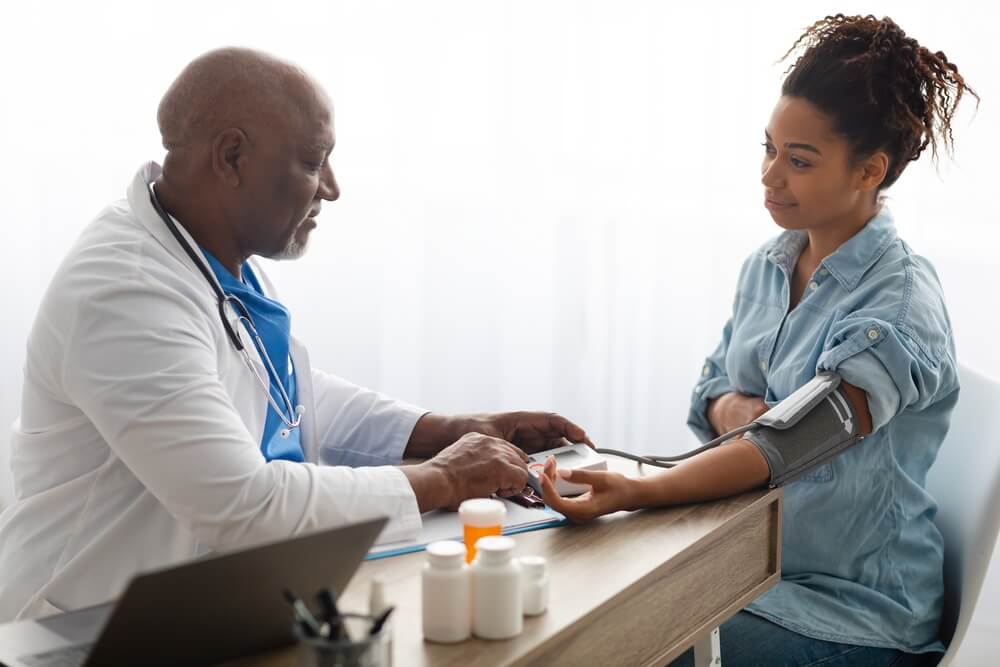
It’s not easy to prevent this condition, especially if you don’t belong to any groups at higher risk of developing postpartum preeclampsia. However, it’s always encouraged to lead an active lifestyle, have healthy routines and eat a balanced diet full of all the necessary nutrients. By doing so, you are working on building and strengthening your immune system and keeping your health in order.
Another thing that can be done is taking baby aspirin during pregnancy to prevent preeclampsia from occurring. However, you shouldn’t take this on your own; you need to consult your health care provider first and see if it is recommended.
Important Things to Remember
You should know that this condition won’t resolve itself and won’t go away on its own. As we already mentioned, it requires immediate medical attention and shouldn’t be ignored.
Depending on the symptoms you are experiencing and your overall health, it may take up to a few weeks of treatment to resolve the issue with this condition. In some cases, where complications are included, you may be hospitalized, and the treatment could last longer.
Final Words
As this is a life-threatening condition, it’s vital to be prepared and know as much as possible about the potential symptoms so that if you experience them, you can recognize them easily.
We know that the world may seem overwhelming after giving birth, but you should try and pay attention to the signs your body is giving you. Remember that this condition is rare, but it can occur mainly belong at a high-risk group of developing preeclampsia.
If you have concerns regarding this topic, we at Trogolo Obstetrics and Gynecology in Jacksonville are here for you. You can contact us today and book your consultation, and we can talk more about this matter.


